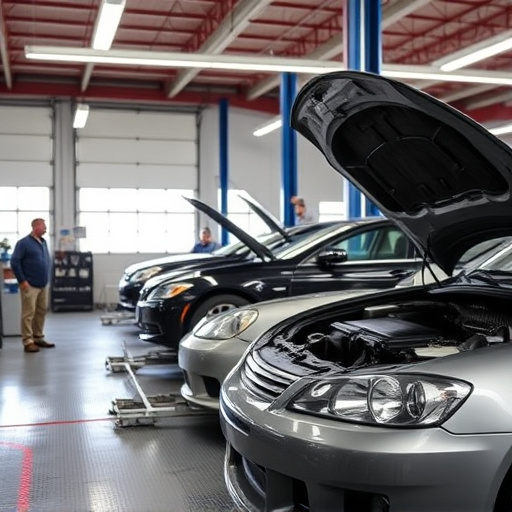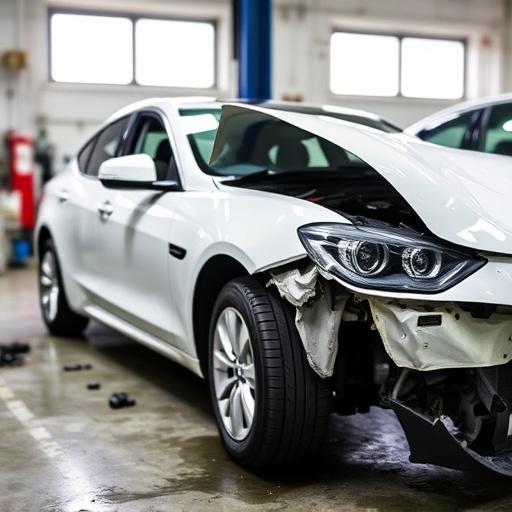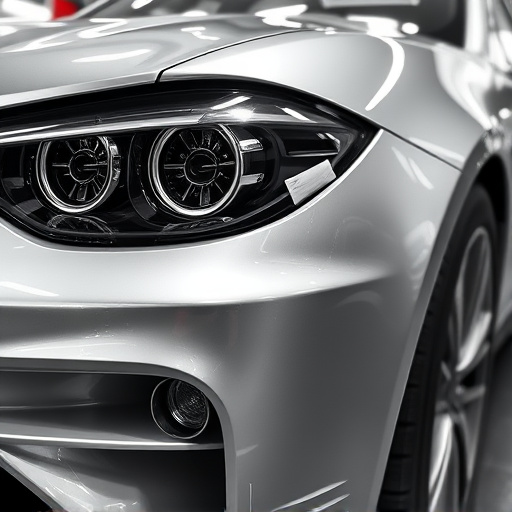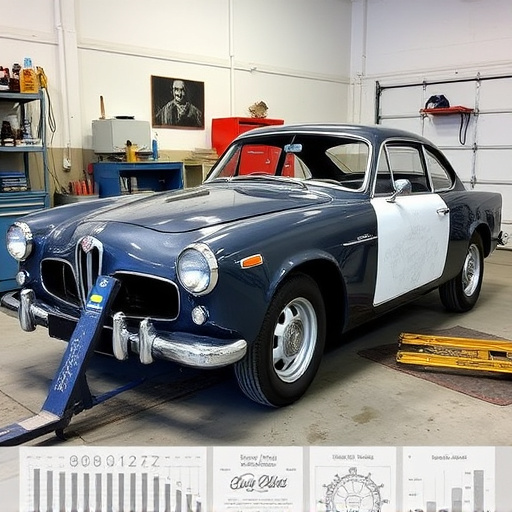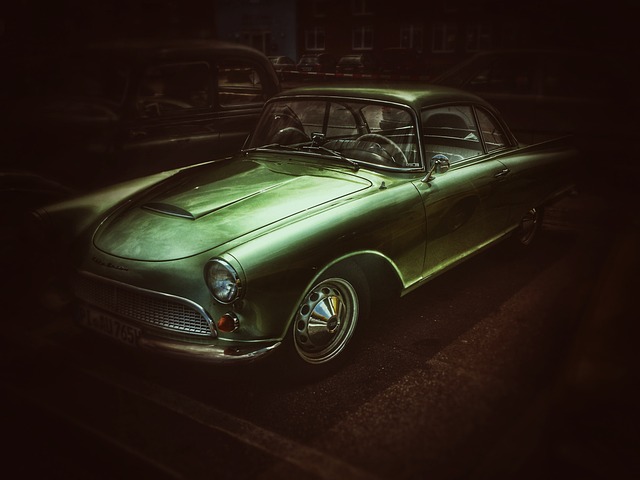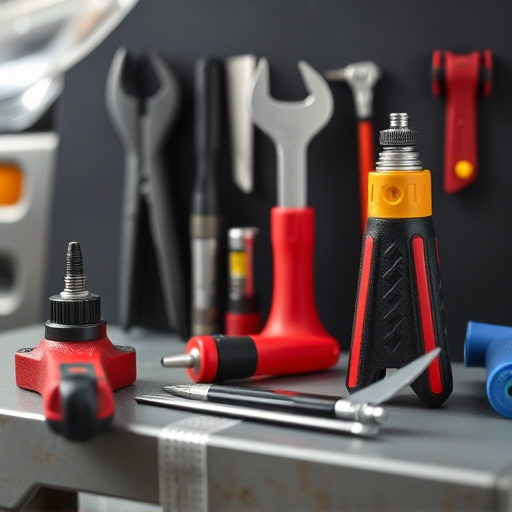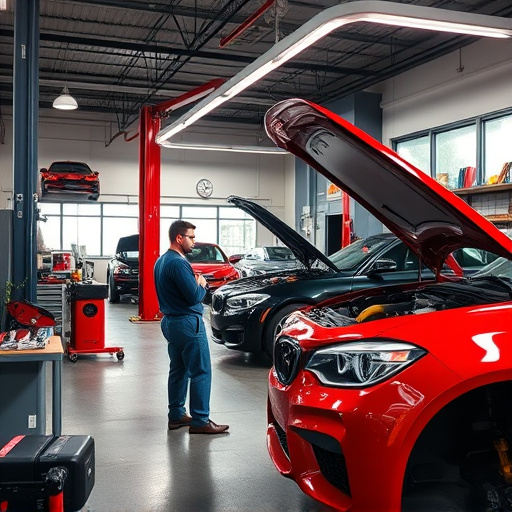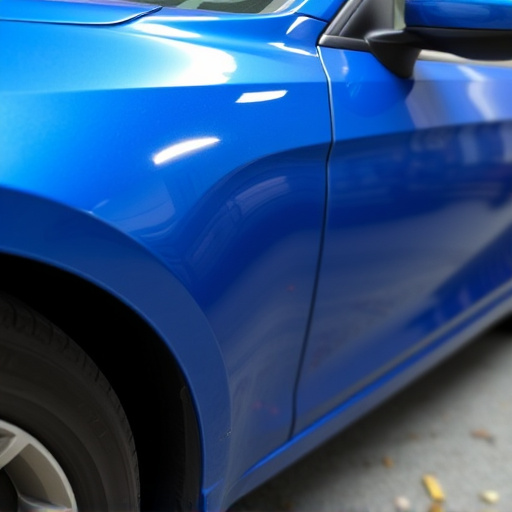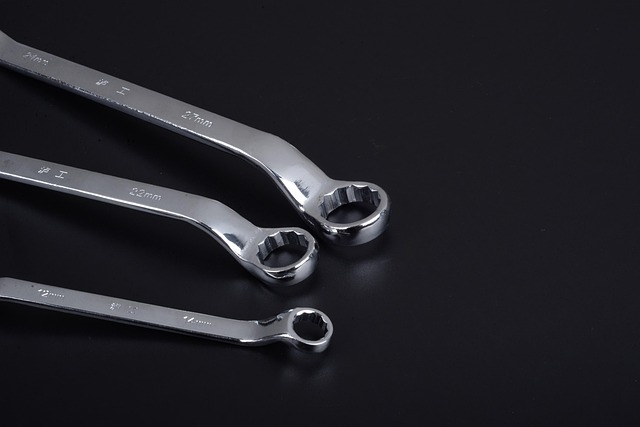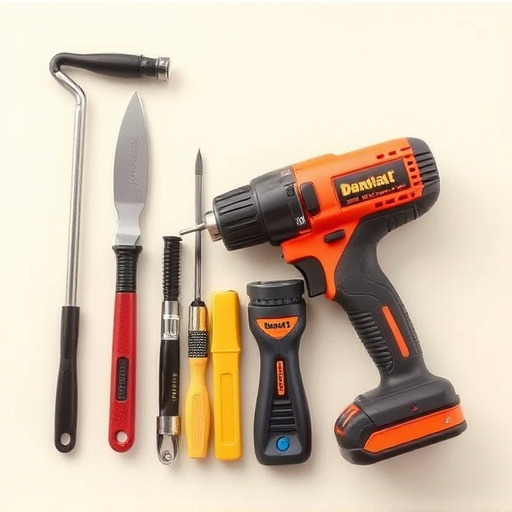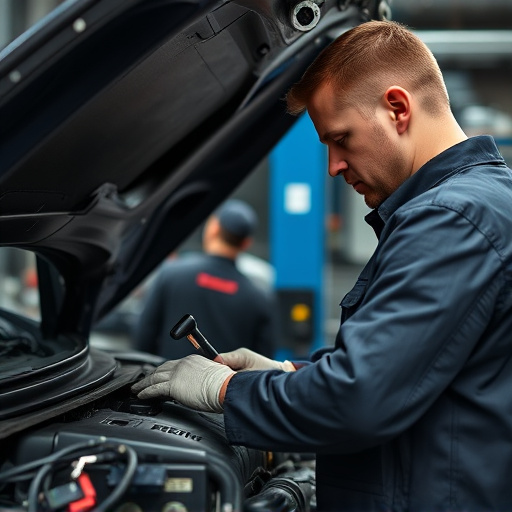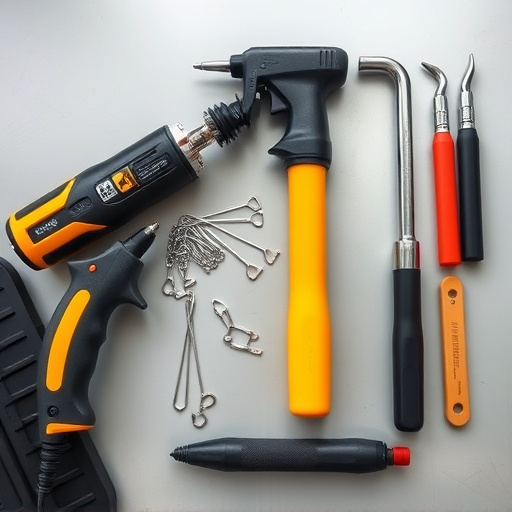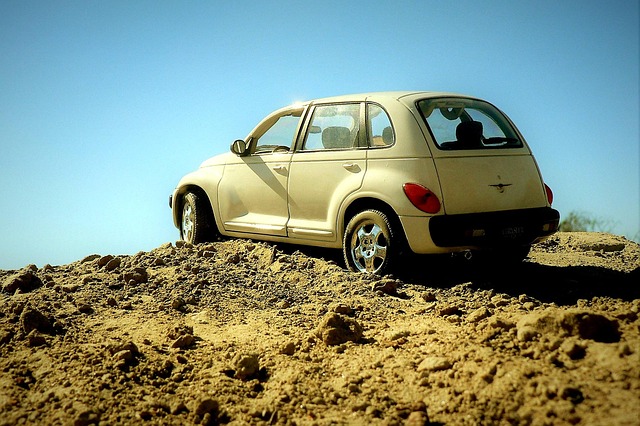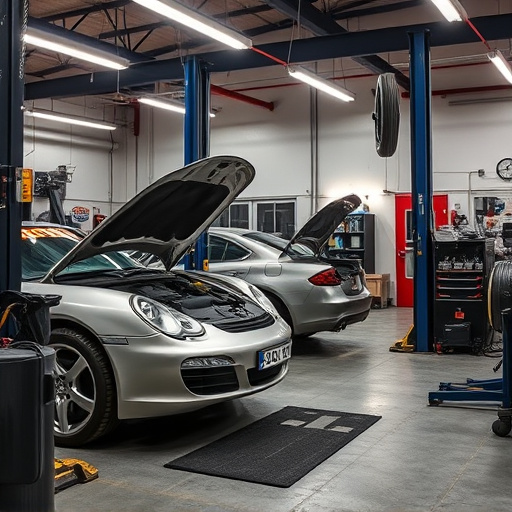Pearl finish collision repair poses unique challenges due to complex layering of pigments and resins. Accurate matching demands specialized techniques and tools, as any mismatch will be visibly apparent. Identical panel matching is crucial for professional results, achieved through visual inspections and lighting tests. Seamless integration requires meticulous preparation, advanced cutting tools, and specialized filler materials. Airbrush painting techniques deliver a unified finish indistinguishable from the original pearl surface.
In the realm of automotive pearl finish repairs, ensuring seamless panels is paramount for a flawless result. This comprehensive guide tackles the age-old challenge of mismatched panels in pearl finish restoration. We break down the basics and challenges of this intricate process, offering valuable insights into identifying visual cues and performing effective tests. Furthermore, discover practical strategies and techniques to seamlessly integrate repaired areas, ensuring your pearl finish collision repair meets the highest standards of quality and precision.
- Understanding Pearl Finish: Basics and Challenges
- Identifying Mismatched Panels: Visual Cues and Testing
- Strategies for Seamless Integration: Techniques and Tips
Understanding Pearl Finish: Basics and Challenges
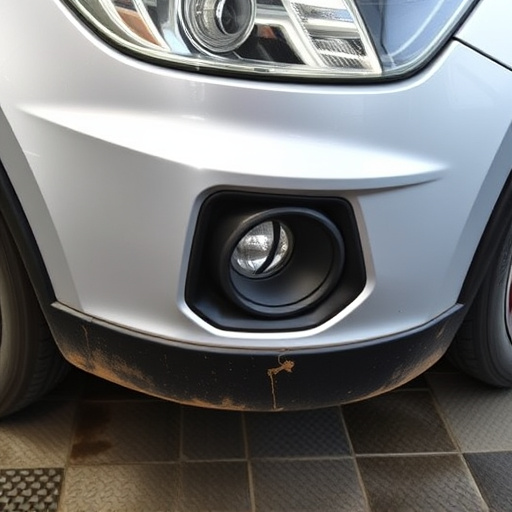
Pearl finish is a sophisticated and elegant choice for vehicle bodies, offering a smooth, lustrous surface that’s both visually appealing and protective. However, achieving seamless repairs on pearl-finished cars presents unique challenges. The delicate nature of this finish means any collision or damage can leave visible marks, creating an unsightly mismatched panel appearance.
In the realm of pearl finish collision repair, understanding the material’s characteristics is paramount. Unlike traditional paint jobs, pearl finishes involve complex layering of pigments and resins that interact to create depth and shimmer. This intricate process makes matching the original finish accurately during repairs a daunting task. Tire services and auto repair near me often struggle with this due to the lack of standardized color codes for pearl hues, making it difficult to source exact matches. Vehicle body repair specialists must exercise meticulous care, employing specialized techniques and tools to blend repairs seamlessly into the existing pearl finish, ensuring a flawless, non-mismatched panel result.
Identifying Mismatched Panels: Visual Cues and Testing
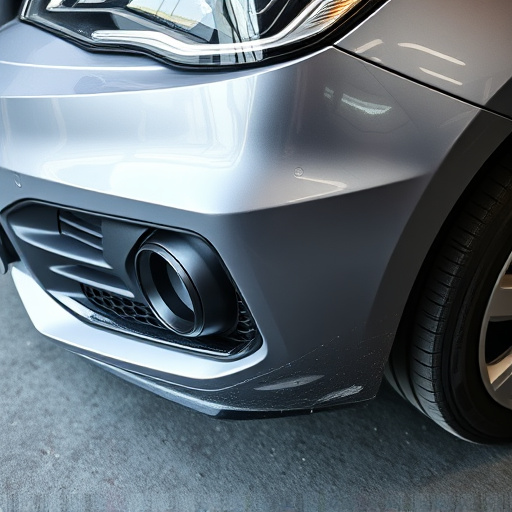
When carrying out pearl finish collision repair, identifying mismatched panels is a crucial step to ensure a seamless and professional result. The human eye is remarkably perceptive when it comes to detecting visual inconsistencies. Look for subtle differences in color, sheen, or texture between panels. Pearl finishes are known for their depth and iridescence, so any deviation from this uniform glow could indicate a mismatch. For instance, one panel might appear slightly brighter or darker than the rest, revealing an underlying discrepancy in the repair process.
To confirm these visual cues, conduct basic tests. One effective method is to examine the panels under different lighting conditions. Natural light and artificial lighting can highlight differences not immediately apparent to the naked eye. Additionally, try using a magnifying glass or high-resolution camera to zoom in on suspected areas, allowing for closer inspection. If you’re at a vehicle body shop or considering an auto repair near me, these simple checks can help ensure that your car’s pearl finish is expertly matched, leaving no trace of any previous collision repair.
Strategies for Seamless Integration: Techniques and Tips
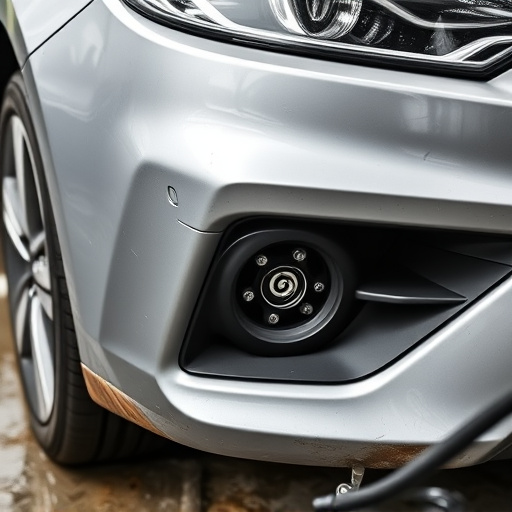
When undertaking pearl finish collision repair, seamless integration of new and repaired panels is paramount to achieving a professional, high-quality finish. This involves careful consideration during the preparation phase. One effective strategy is to ensure that all surfaces are thoroughly cleaned and decontaminated to prevent any impurities from compromising adhesion. Using specialized cleaners and primers designed for pearl finishes can significantly enhance compatibility between new and restored panels.
Additionally, precise measurement and cutting techniques are crucial. Technicians should employ advanced tools like laser cutters or waterjet machines to ensure exact panel sizes and shapes, minimizing the risk of misalignment during installation. Filler materials specifically formulated for pearl finishes should be used to fill any gaps or imperfections, creating a smooth base for painting. Finally, a meticulous painting process using airbrush techniques and precise color matching can help achieve a unified appearance that is virtually indistinguishable from the original pearl finish in car restoration or collision repair projects.
When repairing or replacing panels with a pearl finish, meticulous attention is crucial to avoid visible mismatches. By understanding the unique characteristics of pearl finishes, identifying subtle visual cues for panel discrepancies, and employing techniques that ensure seamless integration, collision repair specialists can achieve outstanding results. These strategies not only enhance the aesthetic appeal but also maintain the vehicle’s overall value, ensuring a smooth and satisfying ownership experience for car folks. With these tips in mind, tackling pearl finish collision repair becomes a game-changer, eliminating potential pitfalls and delivering top-notch repairs.
